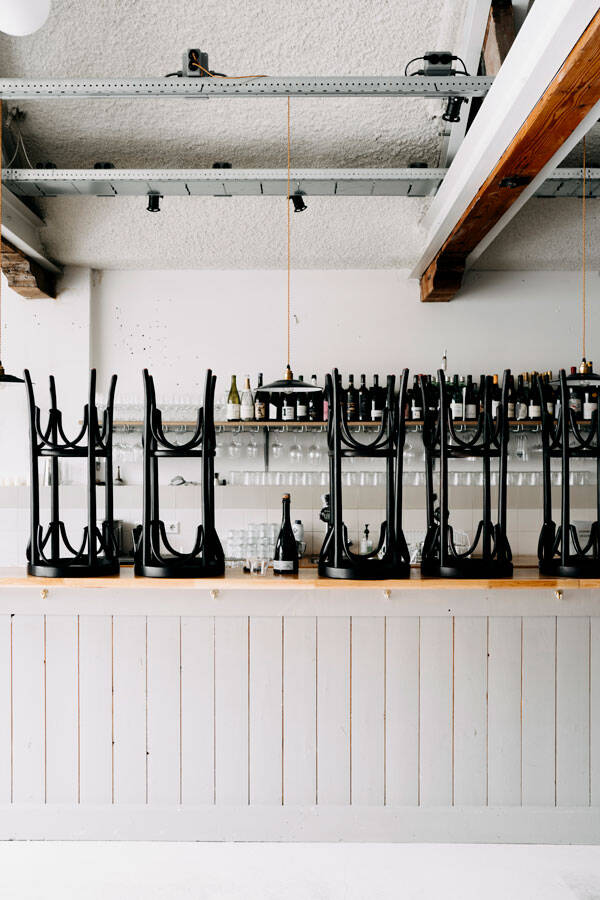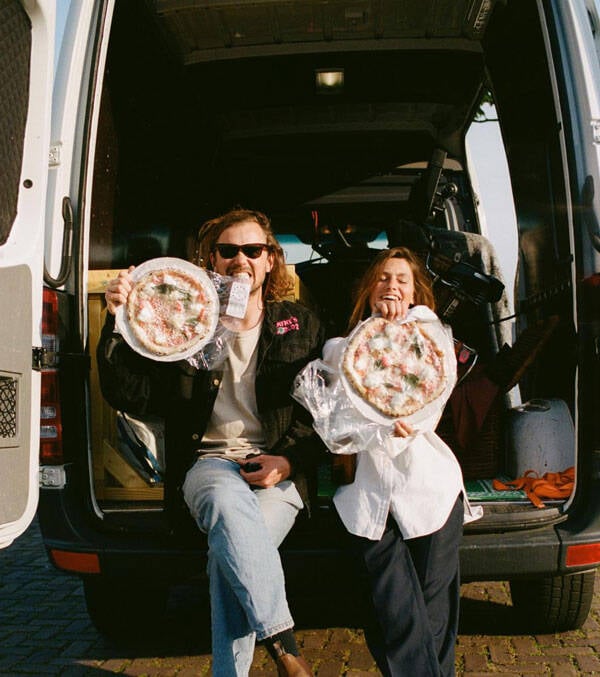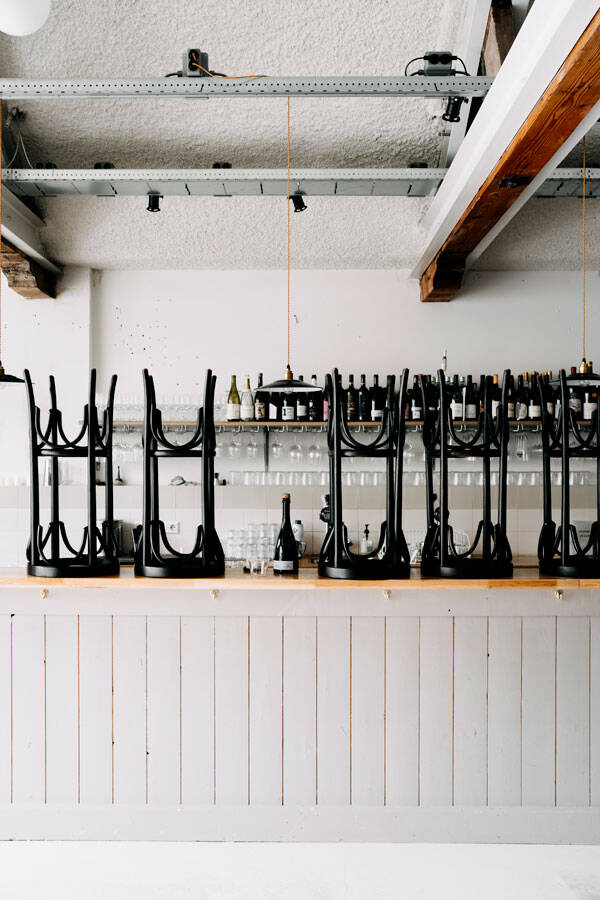Frozen foods
But it’s not just beer, people have been longing for at home during the past year. During periods of social distancing people are seeking the comfort of foods from their favorite restaurants. Nan Xiang Xiao Long Bao, from New York was considered to have the best soup dumplings in the city. Just as every other restaurant they were forced to close their doors due to the consequences of the pandemic. But after only being closed for three weeks, they reopened selling frozen versions for consumers to steam at home. This way consumers can save their dumplings for a moment they want to treat themselves.
Dutch restaurant Europa, had to close their doors indefinitely because of logistic problems caused by the pandemic. To pass time during the pandemic, the owners started Europa Pizza. Citizens of Amsterdam could buy high-quality frozen pizzas from an old Volvo van. Over time, befriended entrepreneurs also made their temporarily closed restaurants available as a sales point. The pizzas were quite a success, says co-owner Reins. “It was not enough to profit from financially, but with the large wooden pizza slice on the roof of our car, we did put ourselves in the spotlight.”
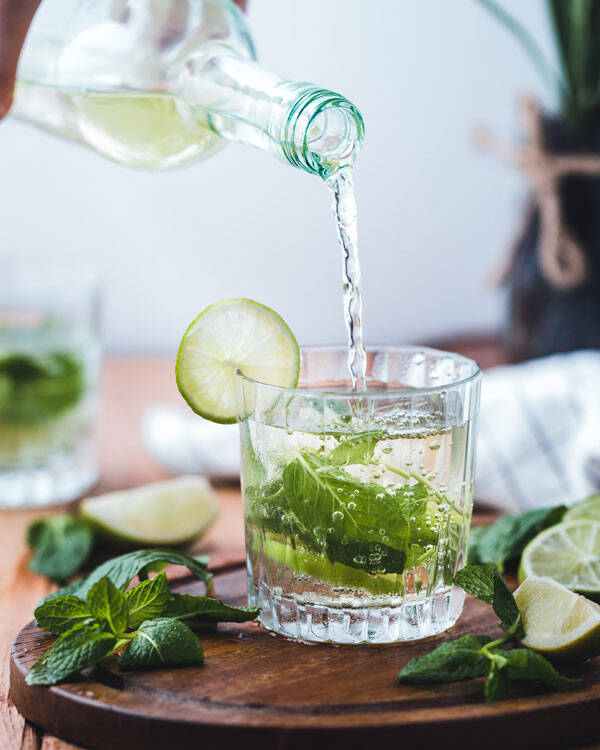
From local bar to cocktail hour at home
Since drinking in bars hasn’t really been an option this year, to gain revenue some bars have turned themselves into actual mini (online) food stores. A company that was early to adapt to consumers’ growing online demand, was Dante, a New York cocktail bar. As they were just about to open a new location, they had to stall those plans. Instead of waiting to see what the long term consequences of the new mysterious virus would be, they started packaging cocktails for pickup and delivery by applying leftover branded stickers from a New Orleans pop-up event to 12-ounce iced tea cups and repurposing 750-milliliter bottles for large-format cocktails.
Also, the beer industry has been affected badly by the pandemic, especially craft breweries. Pre-pandemic nearly 40 percent of craft brewers output went into kegs, to be sold at bars restaurants and in breweries’ in-house taprooms. Some brewers tried to pivot by using manual canning machines that only cost a few thousand dollars. The downside being those kinds of machines are labor intensive and their packaging doesn’t provide the best shelf life. Other brewers partnered with mobile canning companies. But Dutch brewing company het Stadsbrouwhuis, turned that short shelf life into a unique selling point. According to manager Gerben van Dijk their self-canned draft beer sells well. Van Dijk: “Our offer isn’t exactly standard, which causes many people, who want to taste special beers, to come by. We also sell cans of beer that we purchase from wholesalers. However, the beer that we serve in our own cans is fresher and therefore tastier. Especially with IPA’s, freshness makes a lot of difference.”

Although also not a permanent fix, another form of partnership were the different forms of online, direct-to-consumer food boxes. Executed well, these embody the power of collaboration including different products from different food producers, that together form an attractive selection for consumers. An example of such is the collaboration between Dig, which operates 30 healthy, fast-casual restaurants in New York, Philadelphia and Boston and the vegetable-forward restaurant 232 Bleecker, in New York. Together they launched Dig Acres Farm Boxes and Crates. They contain products grown by Dig on land leased in upstate New York, as well as other products from farmers in the region. Another inspiring form of collaboration is the Dutch Semifest, a live streaming service with an evening filling program. During the online event a well-known chef prepares a dish, followed by performances of artists and games.
Collaborations for the win
It may sound corny but working together makes us stronger. During the first months of the pandemic an initiative called Save The Eats was working to gather support for many restaurants that closed or were struggling to remain open. During 100 days of operations, the platform has driven an estimated $2 Million in revenue to establishments spanning eight cities. As restaurant visits remained limited, a lot of food entrepreneurs became creative and started to join forces themselves. Collaborations arose between chefs, but also between different parts of the industry. Michelin star businesses that delivered food, restaurants that have been transformed into supermarkets and pop-ups in hotels.
Those surviving combine creativity and flexibility to create new revenue streams. Food Inspiration put together a list of best practices, some of them so good they’ll might even stick in times happily ever after the pandemic.
It’s been almost a year since the WHO declared the outbreak of COVID-19 as an international public health crisis. Throughout different seasons, intense and softened lockdowns, we’ve learned to arm ourselves with masks, COVID-19 dashboards and hand sanitizers. But it’s not just ‘we the people’, who’ve adapted to survive. A lot of restaurants and food entrepreneurs were forced to change their strategy to pull through the global pandemic and all its consequences.
Lisa Appels Xiao Er Kong

Creative pivots during strange times
Adapting to survive
best practices
4 min
© Chantal Arnts, Xander Waller
adapting to survive

Frozen foods
But it’s not just beer, people have been longing for at home during the past year. During periods of social distancing people are seeking the comfort of foods from their favorite restaurants. Nan Xiang Xiao Long Bao, from New York was considered to have the best soup dumplings in the city. Just as every other restaurant they were forced to close their doors due to the consequences of the pandemic. But after only being closed for three weeks, they reopened selling frozen versions for consumers to steam at home. This way consumers can save their dumplings for a moment they want to treat themselves.
Dutch restaurant Europa, had to close their doors indefinitely because of logistic problems caused by the pandemic. To pass time during the pandemic, the owners started Europa Pizza. Citizens of Amsterdam could buy high-quality frozen pizzas from an old Volvo van. Over time, befriended entrepreneurs also made their temporarily closed restaurants available as a sales point. The pizzas were quite a success, says co-owner Reins. “It was not enough to profit from financially, but with the large wooden pizza slice on the roof of our car, we did put ourselves in the spotlight.”
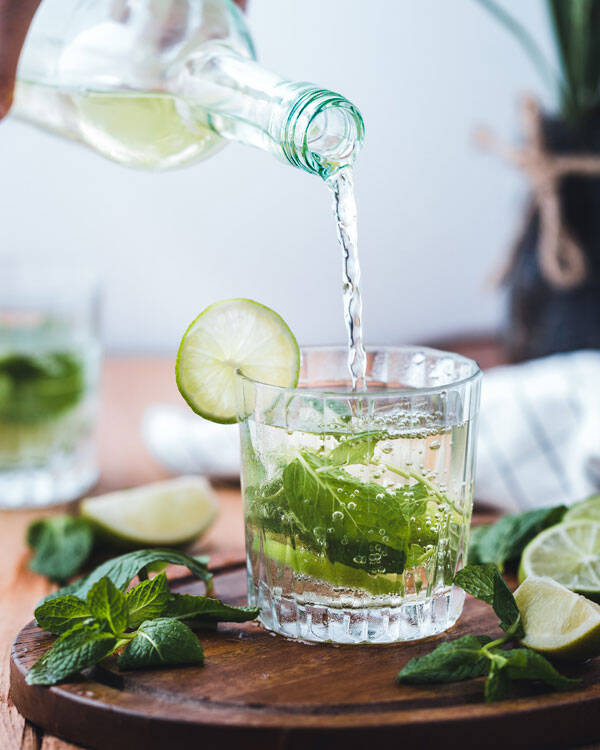
From local bar to cocktail hour at home
Since drinking in bars hasn’t really been an option this year, to gain revenue some bars have turned themselves into actual mini (online) food stores. A company that was early to adapt to consumers’ growing online demand, was Dante, a New York cocktail bar. As they were just about to open a new location, they had to stall those plans. Instead of waiting to see what the long term consequences of the new mysterious virus would be, they started packaging cocktails for pickup and delivery by applying leftover branded stickers from a New Orleans pop-up event to 12-ounce iced tea cups and repurposing 750-milliliter bottles for large-format cocktails.
Also, the beer industry has been affected badly by the pandemic, especially craft breweries. Pre-pandemic nearly 40 percent of craft brewers output went into kegs, to be sold at bars restaurants and in breweries’ in-house taprooms. Some brewers tried to pivot by using manual canning machines that only cost a few thousand dollars. The downside being those kinds of machines are labor intensive and their packaging doesn’t provide the best shelf life. Other brewers partnered with mobile canning companies. But Dutch brewing company het Stadsbrouwhuis, turned that short shelf life into a unique selling point. According to manager Gerben van Dijk their self-canned draft beer sells well. Van Dijk: “Our offer isn’t exactly standard, which causes many people, who want to taste special beers, to come by. We also sell cans of beer that we purchase from wholesalers. However, the beer that we serve in our own cans is fresher and therefore tastier. Especially with IPA’s, freshness makes a lot of difference.”
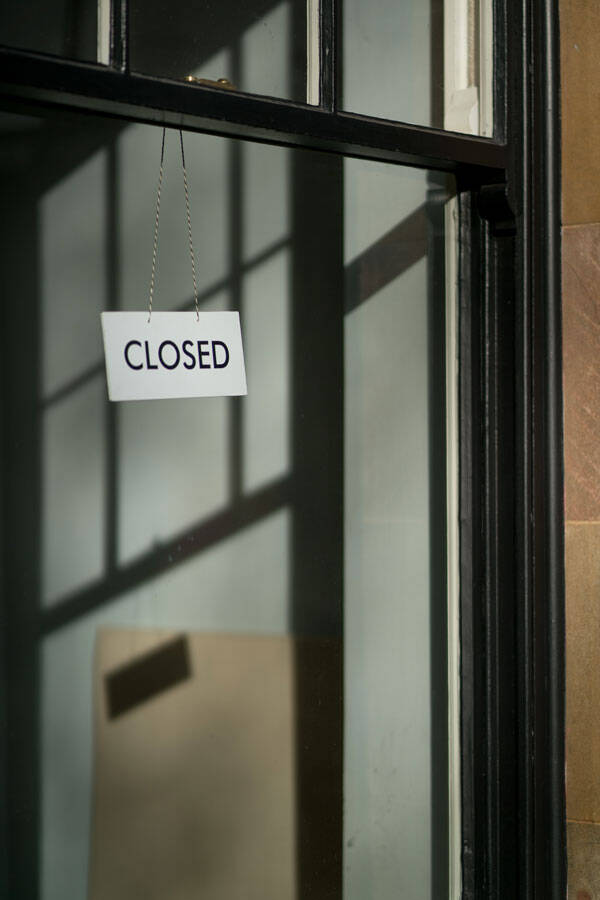
Although also not a permanent fix, another form of partnership were the different forms of online, direct-to-consumer food boxes. Executed well, these embody the power of collaboration including different products from different food producers, that together form an attractive selection for consumers. An example of such is the collaboration between Dig, which operates 30 healthy, fast-casual restaurants in New York, Philadelphia and Boston and the vegetable-forward restaurant 232 Bleecker, in New York. Together they launched Dig Acres Farm Boxes and Crates. They contain products grown by Dig on land leased in upstate New York, as well as other products from farmers in the region. Another inspiring form of collaboration is the Dutch Semifest, a live streaming service with an evening filling program. During the online event a well-known chef prepares a dish, followed by performances of artists and games.
Collaborations for the win
It may sound corny but working together makes us stronger. During the first months of the pandemic an initiative called Save The Eats was working to gather support for many restaurants that closed or were struggling to remain open. During 100 days of operations, the platform has driven an estimated $2 Million in revenue to establishments spanning eight cities. As restaurant visits remained limited, a lot of food entrepreneurs became creative and started to join forces themselves. Collaborations arose between chefs, but also between different parts of the industry. Michelin star businesses that delivered food, restaurants that have been transformed into supermarkets and pop-ups in hotels.
Those surviving combine creativity and flexibility to create new revenue streams. Food Inspiration put together a list of best practices, some of them so good they’ll might even stick in times happily ever after the pandemic.
© Chantal Arnts, Xander Waller
It’s been almost a year since the WHO declared the outbreak of COVID-19 as an international public health crisis. Throughout different seasons, intense and softened lockdowns, we’ve learned to arm ourselves with masks, COVID-19 dashboards and hand sanitizers. But it’s not just ‘we the people’, who’ve adapted to survive. A lot of restaurants and food entrepreneurs were forced to change their strategy to pull through the global pandemic and all its consequences.
Lisa Appels Xiao Er Kong
Creative pivots during strange times
4 min

Adapting to survive







